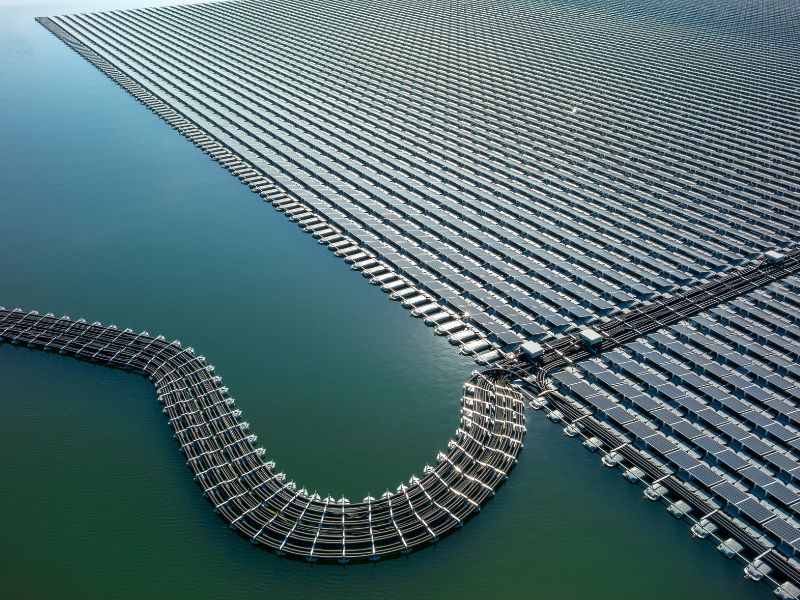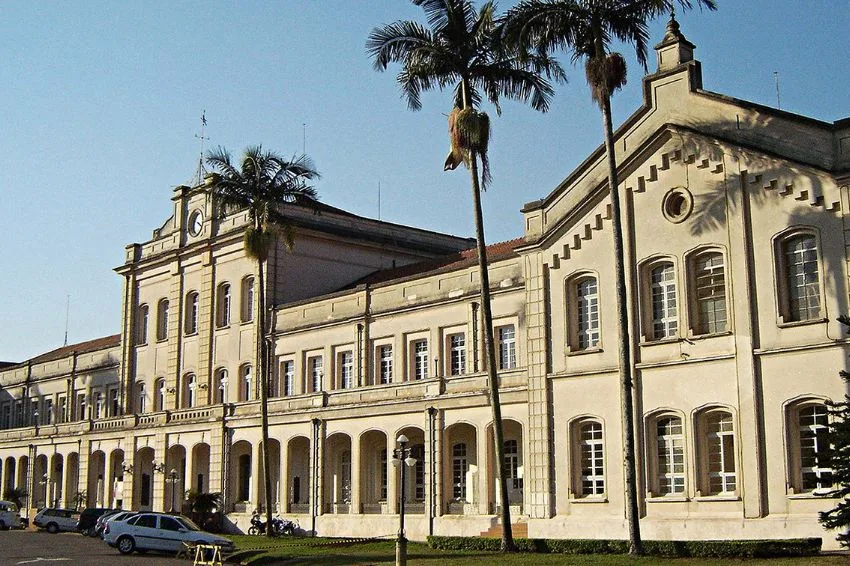If everything goes well, the Brazil should reach the mark 200 MW of floating solar generation implemented in GD modality (distributed generation) until 2024, with the possibility of applying hybridization of technology next to hydroelectric plants.
At least, that's the expectation in Luiz Piauhylino Filho, managing partner of Sunlution, a company specialized in the development and application of floating solar energy generation projects.
According to the executive, the Floating solar market in Brazil gained momentum in 2022, with the plant opening small and with the expectation of even larger plants coming into operation between the end of this year and the beginning of 2023.
“The market is finally maturing and could take on a very interesting volume with the consolidation of these 200 MW in the DG modality and the beginning of the hybridization of the technology”, he stated.
Sunlution, for example, is one of the companies that has invested in the Brazilian market, promising to inaugurate what would be the largest floating solar energy project in the country, at the Billings Reservoir, in São Paulo.
“We have started installing the first 5 MWp of the 60 MWp at the Billings Dam in São Paulo. In this first stage, something close to 60 hectares of water depth will be used just for our project, where we will install more than 107 thousand 665 W panels. The floats are being produced in the State of São Paulo using technology from the French company Ciel et Terre”, explains Piauhylino Filho.
Last week, the Solar Channel showed that new floating plants also will be built in the states of Minas Gerais and Pernambuco, in the municipality of Grão Mogol and Fernando de Noronha Island, respectively.
Challenges for hybridization
According to Piauhylino Filho, the biggest obstacle for hybridized floating solar energy projects to take place in the country today is the limitation regarding the price of floats (structures that support photovoltaic modules on water).
“Projects involving floating solar plants in DG range from 10 MW to 50 MW more or less. In hybridization, in turn, we are talking about projects that can exceed 1 GW”, he highlighted.
In other words, according to him, much more robust projects that require a lot of investment, especially in the purchase of more floats. “I see this market happening two years from now, probably in 2024”, he commented.
“Currently, the CAPEX of 1 MW of a ground plant is around R$ 4.2 thousand to R$ 4.5 thousand. 1 MW of installed float is around 15% to 20% more. It’s one thing to build a project for 1 or 2 MW, it’s another thing to produce for 500 MW or even 1 GW”, he stressed.
Therefore, Piauhylino Filho explains that hybridization, optimizing existing infrastructure, mitigating new environmental impacts and scaled production, makes float technology more competitive in the market, with solutions that would make it possible to apply floating solar plants to existing reservoirs.
“The tendency is for the value of floats to fall in the coming years with technological advances. The technology is evolving and, within a year and a half, there will probably be a new series of cheaper and better floats”, concluded the executive.

















